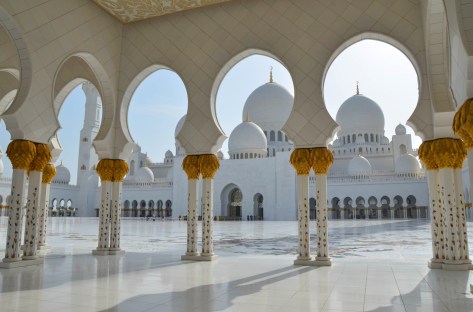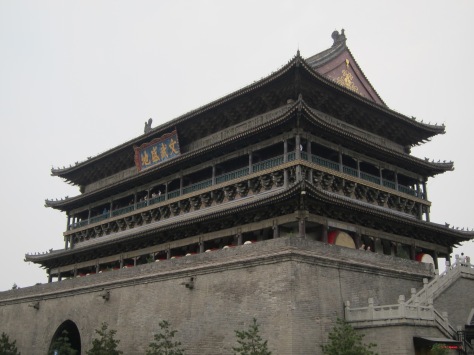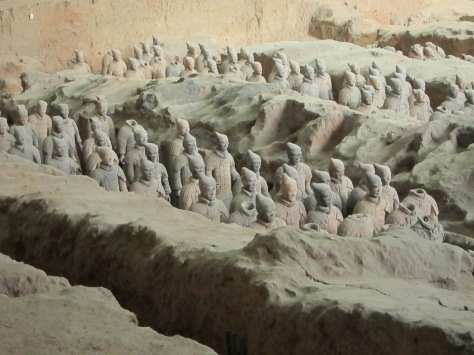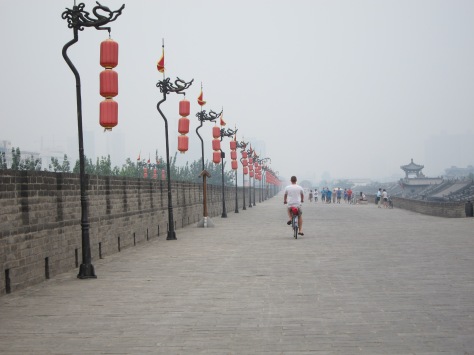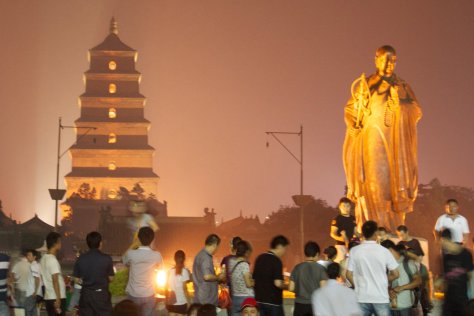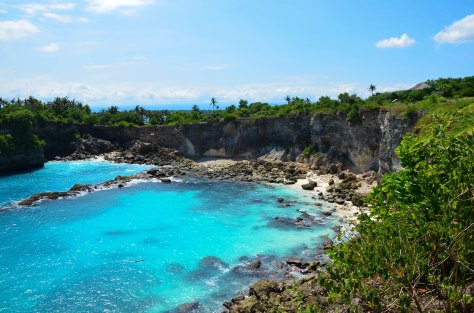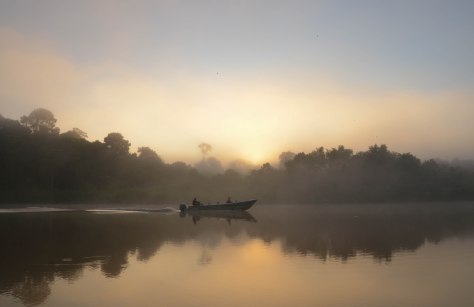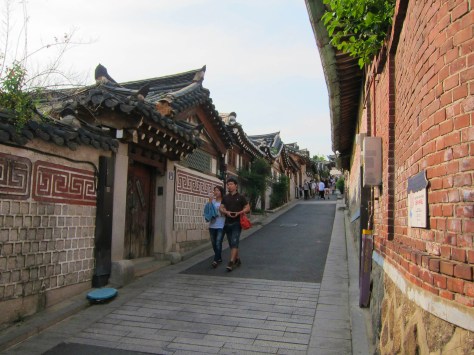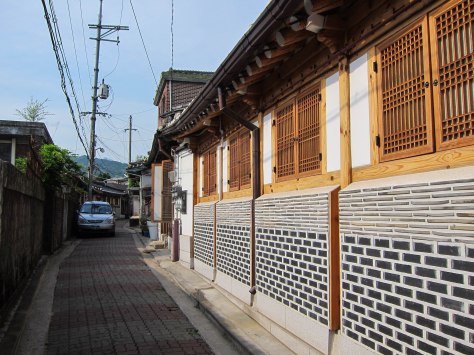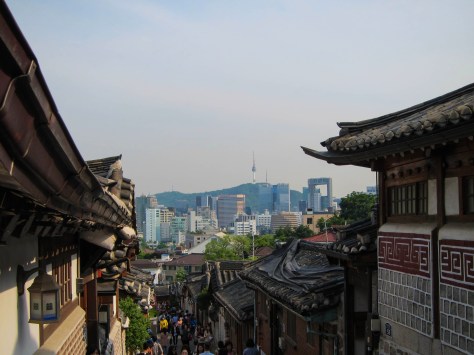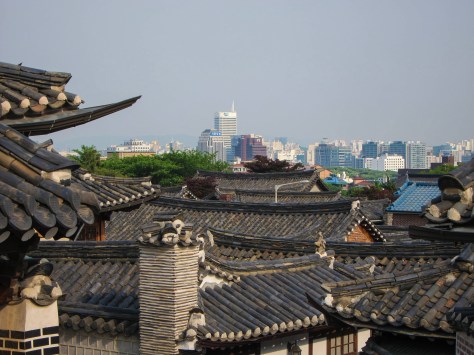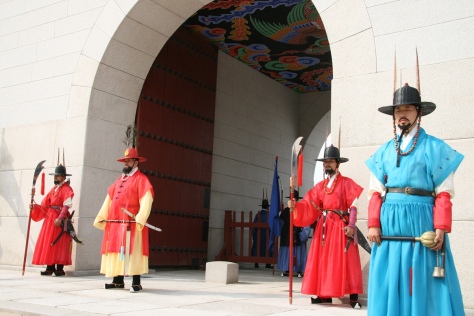The Great Wall of China is easily one of the most famous and recognizable landmarks in the world. Known as one of the Seven Wonders of the World, it has become China’s most popular attraction. People from all over the world travel to the People’s Republic to experience the ancient grandeur and beauty of the wall resulting in many parts of this historical attraction being inundated with tourists. Thankfully, the Great Wall of China is 5,500 miles long with Beijing covering only 342 of these miles. Thus, there are parts of the wall that can still be explored on a more personal basis. One of these sections is Jinshanling.
While Jinshanling is a bit of a trek from Beijing, about a three hour drive from the center of the city, the end result is well worth the extra time. I absolutely loved this section of the wall. Jinshanling is isolated and stunning. I found the scenery to be quite extraordinary and unforgettable.
I really enjoyed trekking along this portion of the Great Wall. The vistas of the surrounding landscape were truly impressive and I found the area to be authentic and natural. It offers an organic mix of restored and untouched wall and, most surprisingly, I didn’t see a single tourist while exploring this area.
I spent nearly three hours climbing up and down parts of the Jinshanling section, which measures nearly seven miles in total. The hike was rather challenging as the varying depth of steps and sheer steepness made it feel like quite the workout, especially in the summer heat. While the steps and elevation changes can be difficult, the rewards are magical and it is totally worth the pain. Hiking up this remote part of the wall made my experience at the Great Wall even more memorable.
If you’re planning to visit the Great Wall, I highly recommend taking the time and making the effort to visit the Jinshanling section of the wall, you won’t regret it. Very few portions of the wall can compare to the natural beauty and authentic quality found at Jinshanling. Here, you won’t have to worry about battling through crowds of tourists or dealing with ruthless vendors. It’s simply the Great Wall in all its natural splendor, the way it was meant to be experienced.







